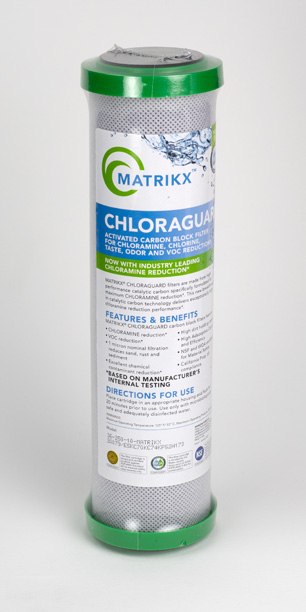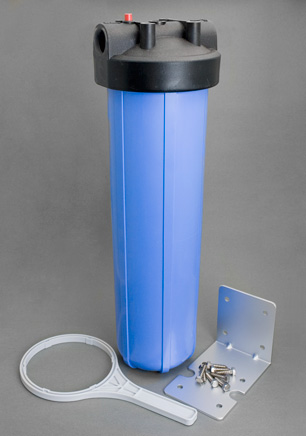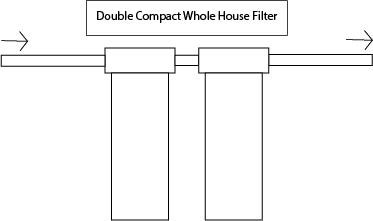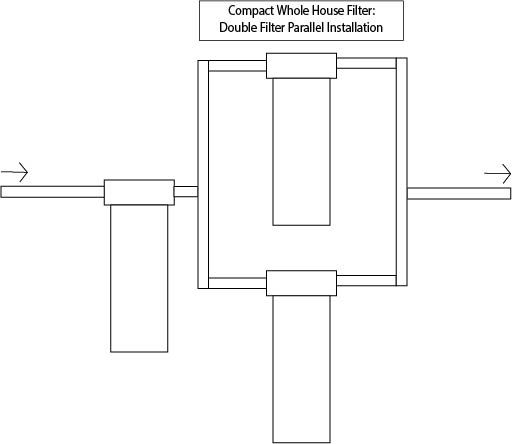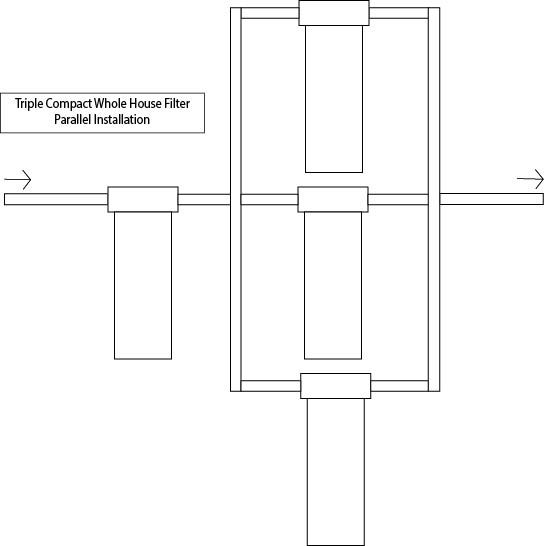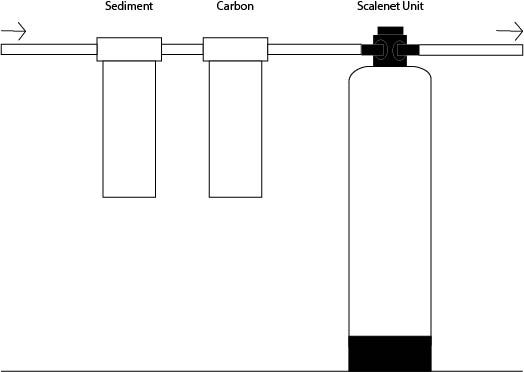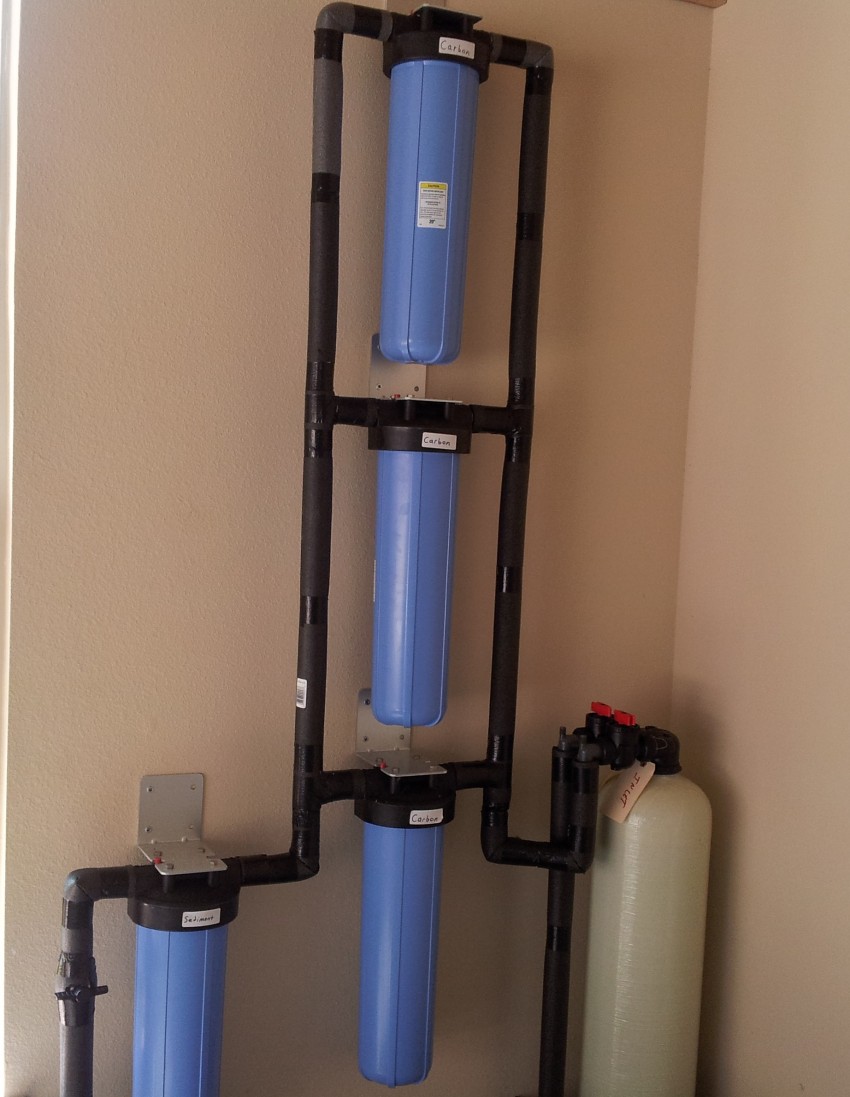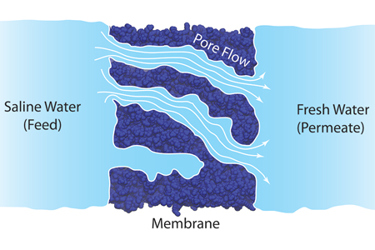The ‘Perils of PVC Plastic Pipes’ report published by the Environmental Health Sciences, Beyond Plastics, and Plastic Pollution Coalition contains a great deal of misinformation. While those who are familiar with NSF’s credibility and prominence in the public health and safety arena could spot the misleading and false information in the report, people who have not heard of NSF may not understand the report contained a lot of delusive information.
NSF is an independent, not-for-profit organization with a mission of improving global human and planet health. It takes its mission very seriously. NSF provides testing, auditing, and certification services to help assure suppliers, retailers, regulators, and consumers that an independent organization has reviewed a product or system to comply with specific standards for safety, quality, sustainability, or performance.
As a completely separate operation from NSF’s testing and product certification services, NSF is an ISO accredited standards development organization that coordinates committees of stakeholders, including government regulators, product users (such as water utilities), and product manufacturers to develop and maintain standards such as NSF/ANSI/CAN 61: Drinking Water System Components – Health Effects.
NSF laboratories and certification programs are accredited to ISO 17025 and 17065, to which impartiality is a key feature, by the American National Standards Institute (ANSI), the Standards Council of Canada (SCC) and the International Accreditation Service (IAS). This verifies NSF’s integrity and independence. To maintain accreditation, NSF is audited annually by all three accreditation bodies.
Independent testing means that if a product does not meet the rigorous requirements of a standard, it will not pass or receive certification. As an independent, accredited third-party certifier, NSF tests and certifies a variety of pipe materials, including ductile iron, copper, and cement – not just plastics. The safety evaluation procedures are pre-determined, publicly available ANSI consensus standards that cannot be directly influenced by any one product manufacturer. This is an example of NSF’s impartial work and shows there is no incentive to favor one product material over another.
NSF’s Independent Process
NSF receives no government funding for its standards or certification services, which are done via a feefor-service model in place since its founding in 1944 as part of the University of Michigan’s School of Public Health. This fee-for-service model is the standard practice for certification in most industries and is widely accepted by both industry and federal regulators. Payment for testing services has absolutely no bearing on whether a product will achieve NSF certification or not. In fact, many products do not pass product testing and either must be reformulated for retesting to pass with certification or receive no certification. Approximately 17% of all products initially submitted to NSF for testing fail to meet the NSF Confidential requirements, and those products are kept out of the marketplace. This goes for any standard, not just NSF/ANSI/CAN 61.
As a nonprofit organization, the cost of operating NSF’s laboratories, auditors, toxicologists, scientists, and engineers is covered by the fees charged for certification services.
Certified product manufacturers do not have input on the safety assessment of their products. Testing is conducted in NSF laboratories and any chemical migration is evaluated against published criteria established by NSF toxicologists and externally peer reviewed by the Joint Peer-Review Steering Committee and/or the HAB (Health Advisory Board).
Derivation of drinking water criteria is conducted per NSF/ANSI/CAN 600 risk assessment procedures. These procedures are publicly available and have been peer-reviewed by the standard Joint Committees, the NSF HAB, and the Council for Public Health Consultants (CPHC). Toxicologists that develop drinking water criteria according to these procedures do so independent of client interaction. A pass or fail outcome is reported to the manufacturer.
NSF’s Standard Development
NSF’s standards development process is also approved by the ANSI and SCC. NSF leads the development of voluntary standards that promote public health, safety, sustainability assessment, and the environment. Standards are developed through a public process that ensures balanced input from industry representatives, public health and regulatory officials, certification bodies and testing labs, and users. NSF’s standards development and testing services are distinctly separate and do not jointly operate to maintain NSF’s impartiality, the ANSI and SCC accreditation, and to ensure an independent process.
NSF standards are recognized worldwide and have been adopted in many countries. NSF is dedicated to improving drinking water standards and proudly collaborates with the World Health Organization (WHO) Center of Excellence on drinking water. NSF standards are accepted throughout the industry and are even used by its competitors.
NSF is confident the NSF standard and certification process are thorough, robust, and protective of public health. The NSF standards process is open and transparent for anyone to suggest improvements or changes through the Drinking Water Additives Joint Committee. This committee has a balanced representation of regulators, users, and product manufacturers.
Manufacturers are included in this process due to their practical experience and knowledge of how products can realistically be made. Without manufacturers involved in standard development, the process would face challenges remaining grounded in reality of what can feasibly be produced. This is similar in how people who may not have experience in building cars cannot tell car manufacturers how to build them to meet all their wants and needs. An experienced car professional would need to be present to share knowledge of what of those wants and needs can realistically be produced.
In addition, health effects criteria are also balloted by the NSF Council of Public Health Consultants whose membership includes only representatives from government/regulatory, academia, public health, and public service; there is no industry representation.
As for the standard review process, a two-thirds majority rule vote is required to pass the relevant joint committee, and then a 90% majority vote to pass the CPHC (Council of Public Health Consultants). Any negative votes and comments at both voting stages must be addressed and adjudicated. The general public can also comment on ballots during the joint committee voting period. The final CPHC public health ratification step helps us ensure our mission of improving and protecting public health.
NSF’s Testing Process
NSF has certified PVC pipe to NSF/ANSI/CAN 61 since 1989. Currently, NSF has over a thousand products certified from over 70 companies. The certification process requires manufacturers to provide product formulation information including the identity of suppliers and tradenames of formulary ingredients; however, these data are verified through NSF’s independent inspections of production facilities and extensive independent testing at NSF laboratories.
NSF requires formulation disclosure from the manufacturer as would be consistent with any regulator review. Application of the NSF mark is contingent upon use of this authorized registered formula (ARF). Any changes must be reported to maintain certification and may require additional testing. On-site, unannounced audits are in place to ensure that the raw materials used to make the certified product are as specified on the ARF including review of reported supplier and tradename designations. The auditor then reviews the accuracy of purchasing, production, shipping, training, and quality control records, and verifies that production is within the requirement of the product standard and certification policies.
Once NSF-certified, each PVC plastic pipe production facility receives at least two inspections per year. In addition to annual testing, each NSF-certified product family is tested annually for NSF/ANSI/CAN 61 and minimum of twice per year for residual vinyl chloride monomer (RVCM). Testing requirements for plastic pipe in contact with drinking water are outlined in the publicly available NSF/ANSI/CAN 61 drinking water standard. In addition, the level of allowable exposure to any chemical leachate is provided in the publicly available NSF/ANSI/CAN 600 standard.
NSF does not disclose test reports publicly because they contain confidential information about product design and formulation that could be used by a company’s competitors to reverse engineer a similar product. If this information were made public, this would discourage manufacturers from seeking independent testing and could negatively impact end users by having fewer certified products available to choose from. To obtain certification, manufacturers are required to submit detailed information regarding their product formulation and design. For that reason, NSF only releases test results to the organization seeking certification. That organization is then free to release the report if they choose, but only in its entirety. The certification process itself is highly transparent.
Chemicals in Question
Endocrine Disruptors
NSF has recognized endocrine-disrupting chemicals as threats to public health and has conducted risk assessments to evaluate them further.
2,4-Di-tert-butylphenol was evaluated by NSF in 2012 and the risk assessment was peer-reviewed by NSF’s independent Health Advisory Board. All endpoints were considered including endocrine disruption in the derivation of existing criteria. The peer-review process for the derivation of drinking water criteria is that of consensus, requiring a balance of expertise from industry, academia, and regulatory authorities in addition to participation of toxicology experts employed by NSF. Acceptance of drinking water criteria by the Health Advisory Board requires unanimous approval.
Importantly, evaluation of endocrine disruption is an iterative process that requires definitive evidence of endocrine disruption in vivo in Level 4 and preferably Level 5 animal studies according to OECD protocols (see OECD 2019). Evidence for endocrine activity in screening assays does not provide definitive evidence for endocrine disruption but proves the need to conduct further evaluation within higher tier studies.
In 2019, the U.S. EPA (Environmental Protection Agency) and Health Canada critically evaluated the endocrine potential of 2,4-di-tert-butylphenol and found it to be of low risk for endocrine disruption. They stated: “…Expert judgment of the overall data is consistent with the hypothesis that 2,4-di-tertbutylphenol, like other hindered phenols, is expected not to be potentially estrogenic, whereas nonhindered phenols are.” (See Webster et al., 2019). In this assessment, the U.S. EPA and Health Canada conducted the assessment for endocrine activity using new approach methodologies (NAMs) as has similarly been instituted by NSF toxicology. In addition, NSF toxicology and the HAB critically evaluated the available animal data for 2,4-di-tert-butylphenol that are consistent with U.S. EPA and Health Canada’s conclusion.
Although the NSF assessment of 2,4-di-tert-butylphenol is concordant with authoritative body conclusions, it is not publicly available due to inclusion of confidential data. However, NSF strives for transparency and publishes many of its assessments. Recent assessments by NSF that are publicly available and employing these procedures for endocrine evaluation include 4-tert-butylphenol and benzophenone.
NSF acknowledges the need to reassess chemicals periodically to ensure that existing drinking water criteria are based on the latest science. As such, a chemical prioritization and reassessment process was instituted and published in NSF/ANSI/CAN 600 (2021) as Informative Annex 2. These procedures prioritize chemicals with the highest potential health risk based on the chemical hazard (i.e., capacity of a chemical to do harm) and the level of known exposure based on extractive test data. In addition, NSF regularly monitors the published literature for new data that suggests potential for health concern of any chemical with existing criteria per NSF/ANSI/CAN 600.
NSF intends to maintain drinking water criteria to the highest level of scientific rigor to ensure public health protection. Should any party have concerns regarding existing criteria, those comments are welcomed and will be considered within the framework of the chemical prioritization procedures.
Phthalates
It is important to note that not all PVC and CPVC contain phthalate plasticizers. When phthalates or phthalate plasticizers are present in product formulations, those products are tested for phthalate leaching. Phthalates are typically used in flexible PVC tubing to make it pliable. Phthalates are not present in rigid PVC pipe and fittings formulations. The hazards (i.e., the capacity of a chemical to do harm) are indeed of concern for chemical leachates and thus rigorous safety assessments are conducted NSF Confidential for all relevant human health endpoints to identify a level of exposure where the risk that these hazards would occur is negligible or nonexistent. The drinking water criteria established within NSF/ANSI/CAN 600 represent levels of chronic exposure without appreciable risk to human health.
What To Believe?
NSF understands there are a lot of concerns around drinking water systems, and rightfully so. Having safe and clean drinking water is imperative to human health and not something to be taken lightly. Our impartial work to help protect global human health in this sector shows how seriously we take this. That is why it is so important to NSF that when reports that come out that make false and misleading claims that we set the facts straight and give the public the full picture. NSF is dedicated to operating on fact and science and will continue to educate the public on what is really going on in their drinking water systems.
Dave Purkiss is Vice President of the Global Water Division at NSF.





